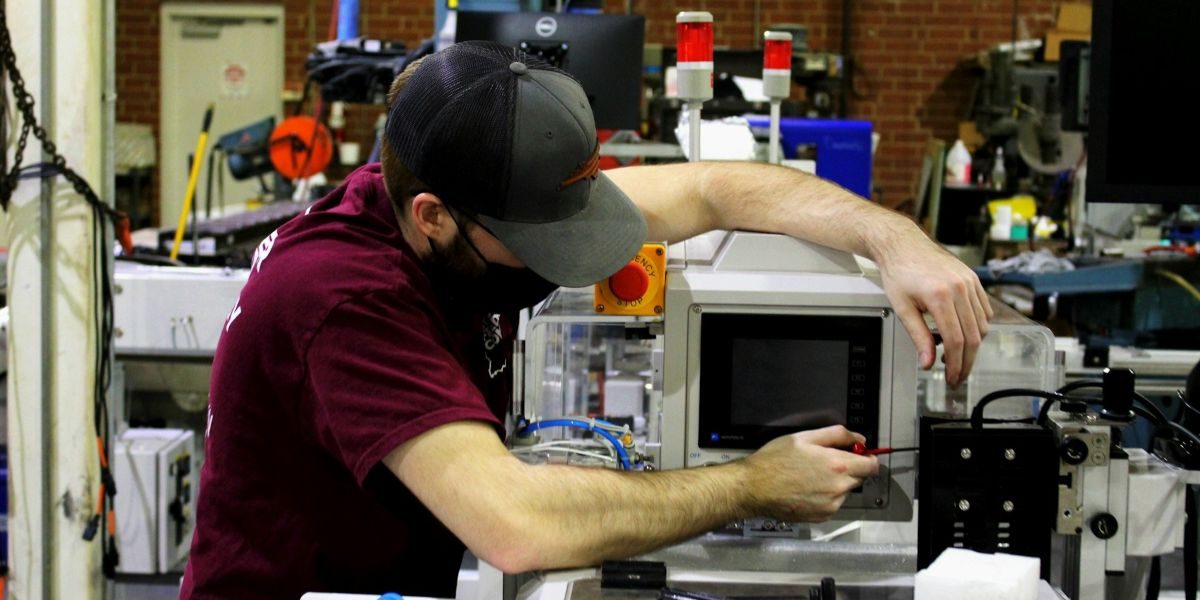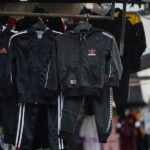Direct to Film (DTF) technology has gained traction in the clothing printing industry due to its potential cost-effectiveness and flexibility. One aspect of DTF printing is gang sheets, which can help optimize material usage and improve efficiency. This guide explores strategies for maximizing DTF gang sheets, possibly contributing to better business results.
Understanding Gang Sheets
Gang sheets in the printing industry refer to a single sheet on which professionals print multiple designs simultaneously. This approach allows businesses to utilize the entire printing area while reducing waste and making the process more cost-effective. High-quality DTF gang sheets are essential for achieving the ideal results, as proper organization helps with optimal use of space and resources.
Arranging Design Strategically
Arranging designs on the gang sheet strategically allows businesses to maximize printing efficiency and conserve time and resources by printing all designs in one run. Grouping designs by size or theme can help us use the available space better and reduce the need for frequent sheet changes, which optimizes the production process.
Selecting the Appropriate Resources
Choosing the right materials is crucial for maximizing the effectiveness of DTF gang sheets since different fabrics and substrates respond uniquely to printing techniques. Understanding how materials interact with printing methods helps designs adhere correctly and reduces the likelihood of errors. Using various materials broadens the product range and attracts a more diverse customer base.
Optimal Utilization of Space
Maximizing the space on gang sheets may increase businesses’ profits. By employing design software that nests design on the sheets, companies can fully utilize the available space and save on materials, which leads to more practical production processes.
Optimizing the Efficiency of Manufacturing Operations
Improving production processes can improve outcomes by refining operations and investing in automated machinery to reduce manual labor and increase output speed. This approach also lowers the risk of errors when relying solely on human input, which results in higher-quality products and more satisfied customers.
Minimizing Waste
Reducing waste remains a priority for businesses looking to increase profits sustainably. Implementing recycling strategies for unused materials and repurposing leftover resources for samples or promotional items helps minimize waste and contributes to a more environmentally friendly operation.
Improving Quality Assurance
Maintaining high-quality standards for every product is essential in operations. Regular inspections of the prints to identify any inconsistencies or flaws promptly prevent defective products from reaching customers and safeguard the business’s reputation.
Establishing Meaningful Connections
Building strong relationships with suppliers can benefit business operations. Reliable suppliers provide quality materials at competitive prices, which helps to lower costs. Maintaining these relationships helps with timely deliveries and reduces the risk of production delays.
Assessing Performance Indicators
Businesses evaluate the success of their strategies by monitoring performance metrics such as production time and customer feedback. These insights allow companies to continually improve their operations and adapt to market changes.
Diversifying the Range of Products
Expanding the product range through DTF technology can attract a broader customer base. Businesses can innovate by experimenting with different styles and materials to create unique products that capture attention. Offering options like customized designs enhance customer engagement and satisfaction.
Welcoming New Ideas
Embracing innovation is key to staying competitive in apparel printing. Keeping up with industry advancements and market trends enables companies to offer modern products that meet evolving consumer preferences and needs. This approach paves the way for ongoing success and helps establish a leading position in the industry.
In Conclusion
Optimizing DTF gang sheets for better results involves a comprehensive strategy addressing various production aspects. From intelligent layout planning to adopting new ideas and technological advancements, each approach is vital in increasing business revenue streams.
Published by Tom W.

















